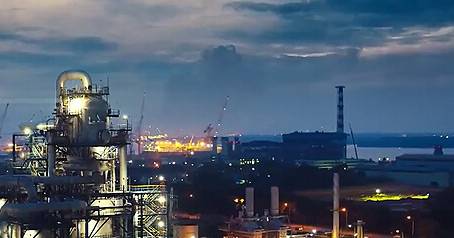joulu . 13, 2024 17:20 Back to list
hdpe conduit pipe
Understanding HDPE Conduit Pipe A Comprehensive Overview
High-Density Polyethylene (HDPE) conduit pipes have become essential components in modern infrastructure development, thanks to their numerous advantages over traditional materials. Widely used for electrical and telecommunications applications, HDPE conduits have gained popularity due to their durability, flexibility, and resistance to environmental factors. This article explores the key features, benefits, applications, and installation practices associated with HDPE conduit pipes.
Key Features of HDPE Conduit Pipe
HDPE conduit pipes are characterized by their high molecular density, which contributes to their impressive strength-to-density ratio. Made from high-density polyethylene resin, these pipes are lightweight yet robust, making them easy to transport and handle during installation. One of the most significant features of HDPE conduit is its excellent resistance to chemicals and environmental stressors, including UV radiation and moisture, ensuring longevity and reliability in various applications.
Another notable feature is the flexibility of HDPE conduits, allowing them to bend without breaking. This flexibility makes HDPE conduits ideal for installation in areas with complicated layouts or where traditional rigid conduits would be impractical. Additionally, HDPE pipes are available in an array of sizes and configurations, accommodating various installation needs.
Advantages of HDPE Conduit Pipe
1. Durability HDPE conduits are designed to withstand harsh environmental conditions and external stresses. They are resistant to corrosion, abrasion, and impact, ensuring a long service life with minimal maintenance. 2. Lightweight Compared to traditional materials like metal or concrete, HDPE is much lighter. This quality significantly reduces transportation and labor costs, making installations more efficient.
3. Flexibility and Ease of Installation The flexibility of HDPE allows for easier installation in tight spaces or areas with complex pathways. It can be installed using various methods, including trenchless technology, minimizing disruption to existing landscapes.
4. Cost-Effectiveness Although the initial investment for HDPE conduit may be higher than other materials, the long-term benefits, including reduced maintenance costs and longer lifespan, make it a cost-effective option.
5. Environmental Impact HDPE is recyclable, contributing to a more sustainable approach in construction and utility projects. Its long lifespan also means less frequent replacements, reducing waste.
hdpe conduit pipe

Applications of HDPE Conduit Pipe
HDPE conduit pipes are versatile and can be utilized in various applications. Most commonly, they are employed in electrical and telecommunications sectors for housing wiring and cables, providing a protective pathway to prevent damage from environmental risks or physical hazards. They are also used in the construction of fiber optic networks due to their superior flexibility and ability to accommodate bends without compromising cable integrity.
Additionally, HDPE conduits are utilized in datacenters and industrial facilities where there is a need for managing multiple cables efficiently. Their resistance to moisture makes them suitable for underground installations, protecting electrical components from water ingress.
Installation Practices for HDPE Conduit Pipe
Successful installation of HDPE conduits begins with proper planning. Projects should assess the layout, including the bends and the depth of installation, to ensure efficiency. During installation, specific techniques like directional boring or trenching can be employed depending on the site conditions.
Once the site plan is established, care must be taken to ensure that the conduits are free of debris and any potential blockages. Joints and fittings should be selected to match the conduit diameter and application requirements. It's also vital to follow local codes and regulations to ensure compliance and safety.
After installation, testing should be conducted to verify that the conduits are clear and that the cables can be installed without obstruction.
Conclusion
HDPE conduit pipes represent a significant advancement in the field of utility and infrastructure installation. Their combination of durability, flexibility, and resistance to environmental challenges makes them an optimal choice for modern applications. By adopting HDPE conduits, companies can not only enhance the efficiency of their operations but also play a part in sustainable construction practices. As the demand for reliable and efficient infrastructure continues to grow, the role of HDPE conduit pipes will undoubtedly expand, forging a path toward innovative solutions in the utilities sector.
-
HDPE Natural Sheet: Durable, Food-Grade & Versatile Plastic Solutions
NewsAug.27,2025
-
Durable Glossy PVC Rigid Sheet | Premium High-Shine Panels
NewsAug.26,2025
-
Durable PP Rigid Sheet: Lightweight, Chemical Resistant Solutions
NewsAug.21,2025
-
PVC Grey Sheet for Extraction: Chemical Resistant & Durable
NewsAug.19,2025
-
Durable PVC Pipe Fittings for Plumbing & Irrigation Needs
NewsAug.18,2025
-
HDPE Steel Belt Reinforced Spiral Corrugated Pipe | High Strength
NewsAug.17,2025

